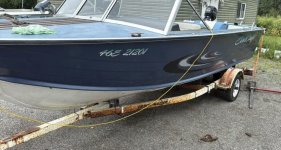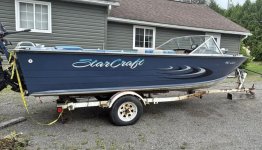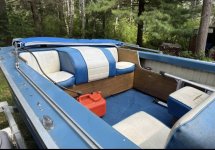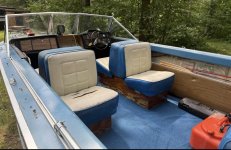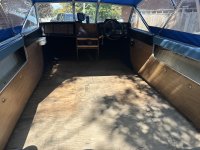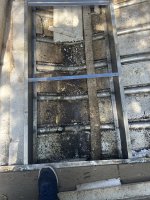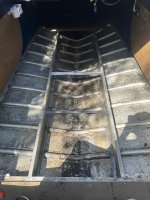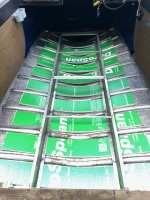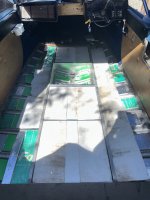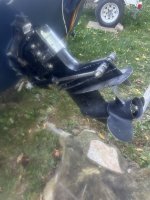AI Overview
+14
According to boater forums like iBoats and user reviews, Gluvit epoxy is widely considered an effective and durable product for sealing leaks in aluminum boats, especially around rivets and seams. Users report that it works well and can provide many years of leak-free performance when applied correctly.
Pros of using Gluvit
Effective leak repair: The thin epoxy is designed to seep into the tight spaces around leaky rivets and seams before curing to a hard, waterproof seal.
Flexibility: Unlike some rigid epoxies that can crack, Gluvit is designed to flex with the normal movements of an aluminum boat hull.
Abrasion resistance: Once cured, Gluvit creates an abrasion-resistant barrier, which is particularly beneficial for the bottom of the hull.
Corrosion prevention: It acts as a barrier coat to minimize corrosion, especially in saltwater environments.
Versatility: While popular for aluminum boats, it can also be used on fiberglass and wood to seal cracks and strengthen deteriorated areas.
Cons and considerations
Application is messy: Many users note that Gluvit is a messy product to work with and can run or drip while being applied, especially on curved surfaces. You may need to sand off any dried runs after it cures.
Requires thorough prep work: For proper adhesion, the application area must be thoroughly sanded and cleaned with a solvent like acetone to remove all contaminants, oil, and grease.
Not UV stable: Like many epoxies, Gluvit is not UV stable. To prevent degradation from sunlight, it must be overcoated with a compatible paint after it cures.
Limited work time: The product has a limited "work window," which requires you to mix it in smaller batches for larger jobs to avoid wasting material.
Variable user experience: While most feedback is positive, some users have reported issues with the product not curing properly, which could be due to old stock, improper mixing, or incorrect temperature.
Bottom line
Gluvit is widely considered a worthwhile investment for sealing leaky aluminum boat rivets and seams. Its ability to penetrate and flex makes it a reliable, long-term solution. However, achieving success depends on proper surface preparation and careful application. You must also account for the extra step of painting over it for UV protection.




















